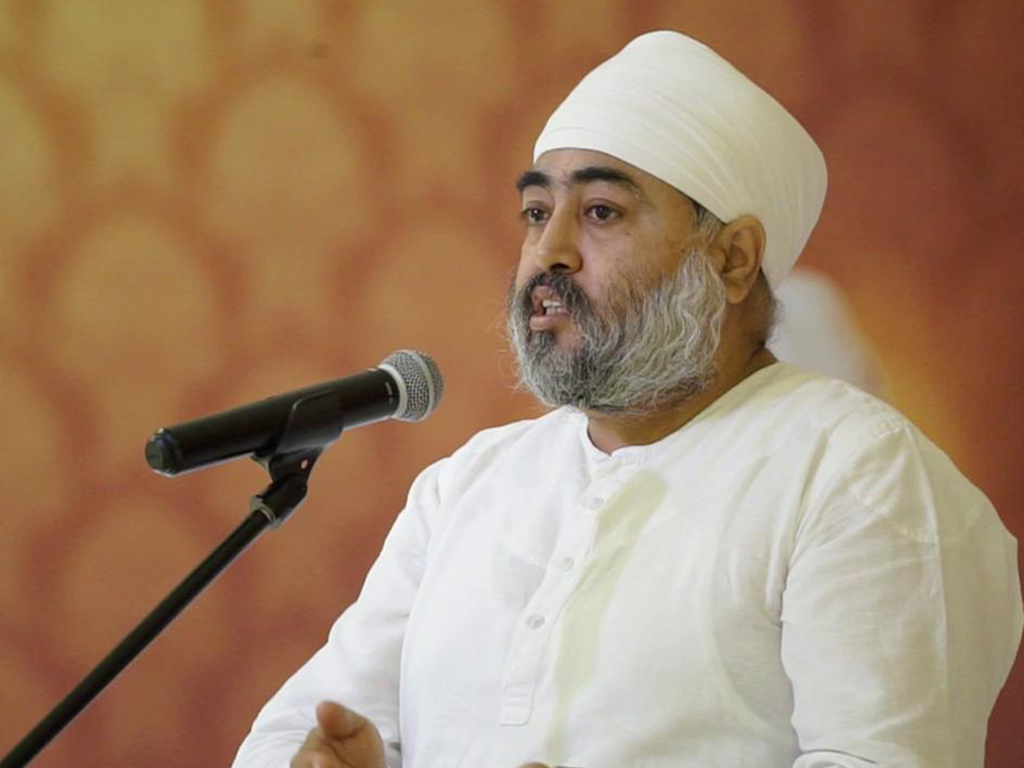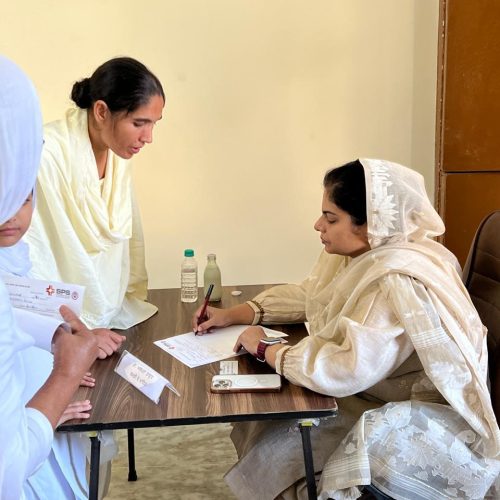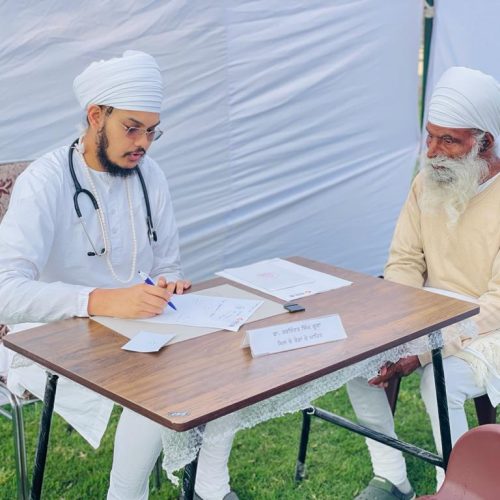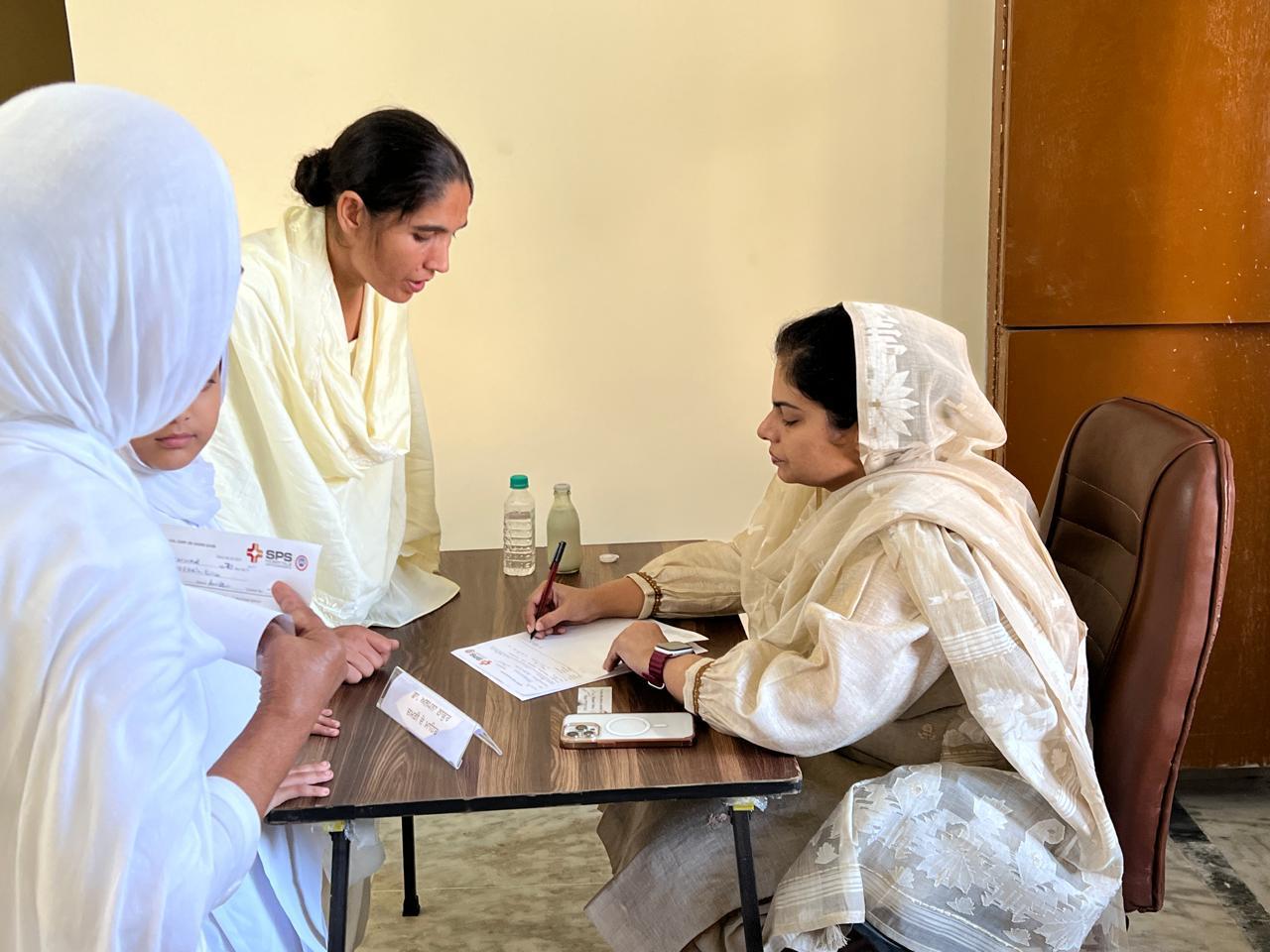India is a vast country with diverse population. It has a unique set of health problems. At one end of the spectrum are the communicable diseases related to malnutrition, poor sanitation and poverty such as tuberculosis, diarrhea and malaria. However the other end of the spectrum of lifestyle diseases like Diabetes & hypertension are also increasing at an alarming rate. The last decade has seen an epidemic rise of these diseases leading to a huge increase in the incidence and prevalence of chronic kidney disease (CKD).
As per latest ICMR reports prevalence of Diabetes has risen to 7.5% in rural India and up to 28% in some urban parts of India. Latest studies from India peg the prevalence of CKD from 2.5% to as high as 13% with diabetes and hypertension contributing to the bulk of CKD. Most of these studies under estimate the true prevalence of this deadly disease.
Another point of concern is the relative early occurring of kidney involvement in diabetics (20-40 years age group) in our country. To compound the problem further majority of the diabetics in India have a very poor blood sugar control.
The healthcare delivery system in India is under developed as compared to the developed world. The government set up is mostly poorly funded and badly managed. Most of the government health facilities are extremely overburdened and under staffed leading the onus to provide quality healthcare to the private sector. But this comes at a stiff cost which majority of the Indians can’t afford.
Chronic kidney disease leading on to kidney failure is an excellent example at hand. Of all the patients who develop end stage kidney failure in India, only 10-15% of them get proper treatment. 6000 undergo kidney transplant, 60,000 undergo hemodialysis and 6000 prefer to take peritoneal dialysis in a year. Rest of around six-lakh people die for want of renal replacement therapy.
No wonder providing proper treatment to this huge number of patients will incur a massive economic burden. Hence it makes sense to prevent the occurrence of chronic kidney disease itself.
A simple inexpensive test such as urine examination for proteinuria along with serum creatinine estimation can detect kidney disease at a very early stage. Proper treatment at this stage can prevent the need for a very expensive renal replacement therapy at a later stage.
The patients who are at most risk of developing chronic kidney disease such as those suffering from diabetes, hypertension & kidney stones should get themselves examined at least once a year to rule out kidney involvement.
Along with a proper screening, a good control of blood pressure and blood sugar can go a long way in preventing this deadly disease. This is the most cost effective way of tackling the menace of chronic kidney disease in India.
-Dr. Bakhshish Singh






